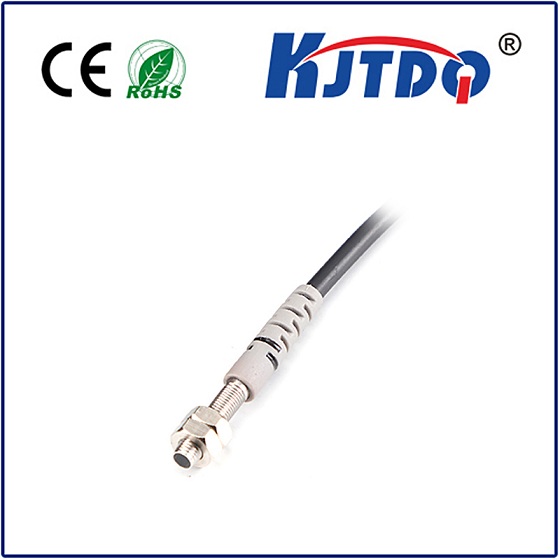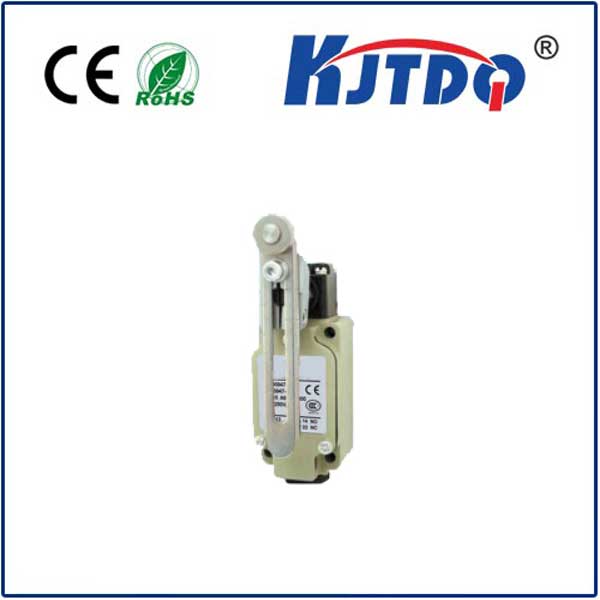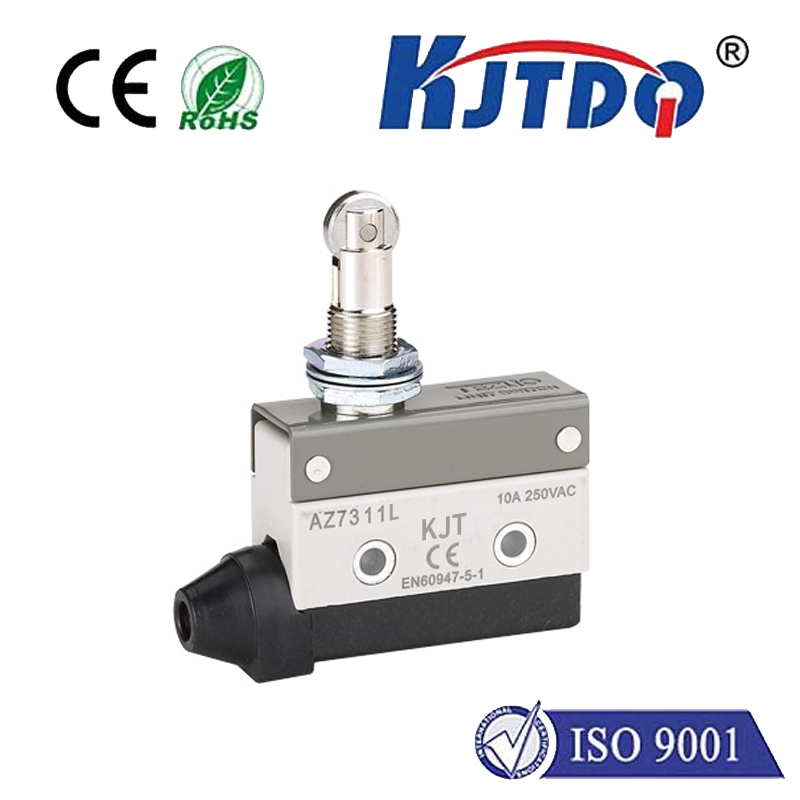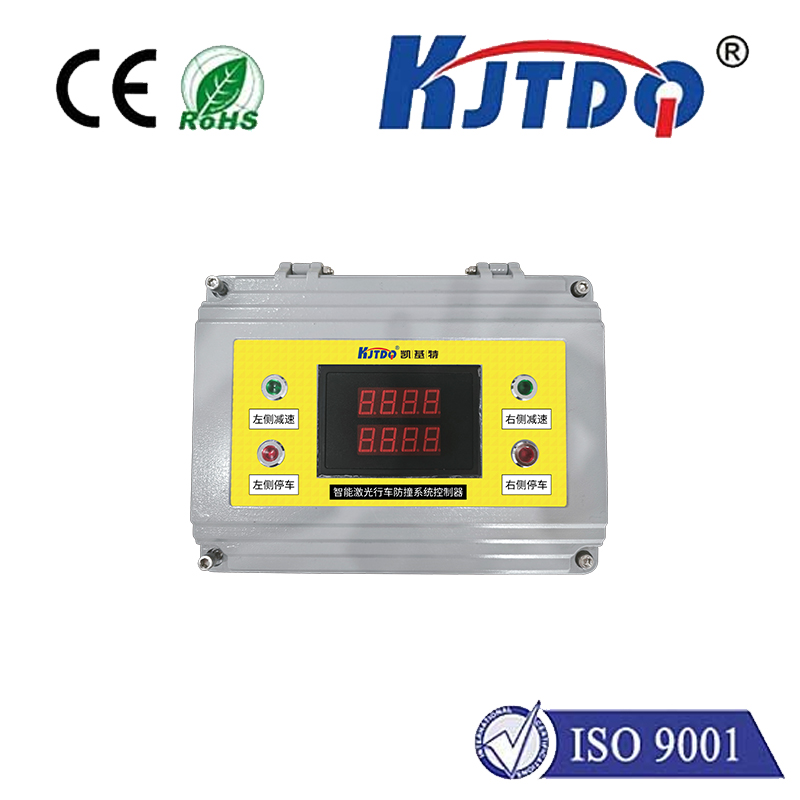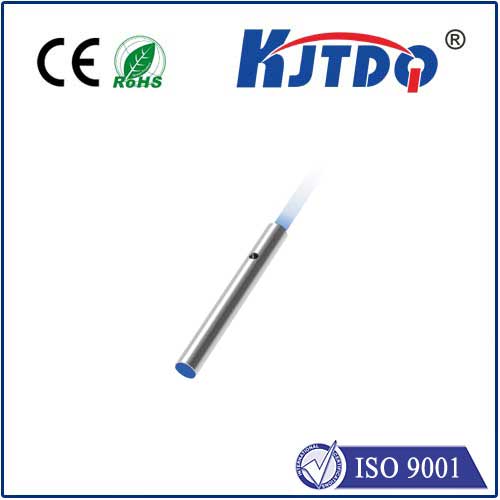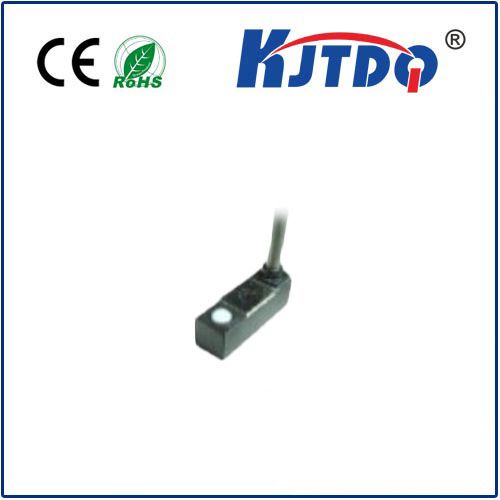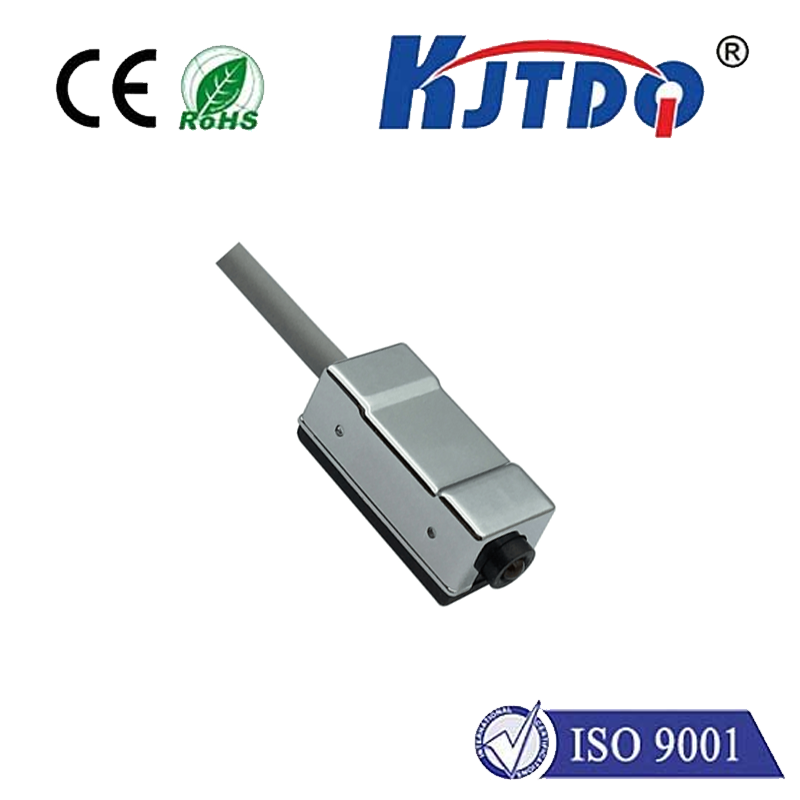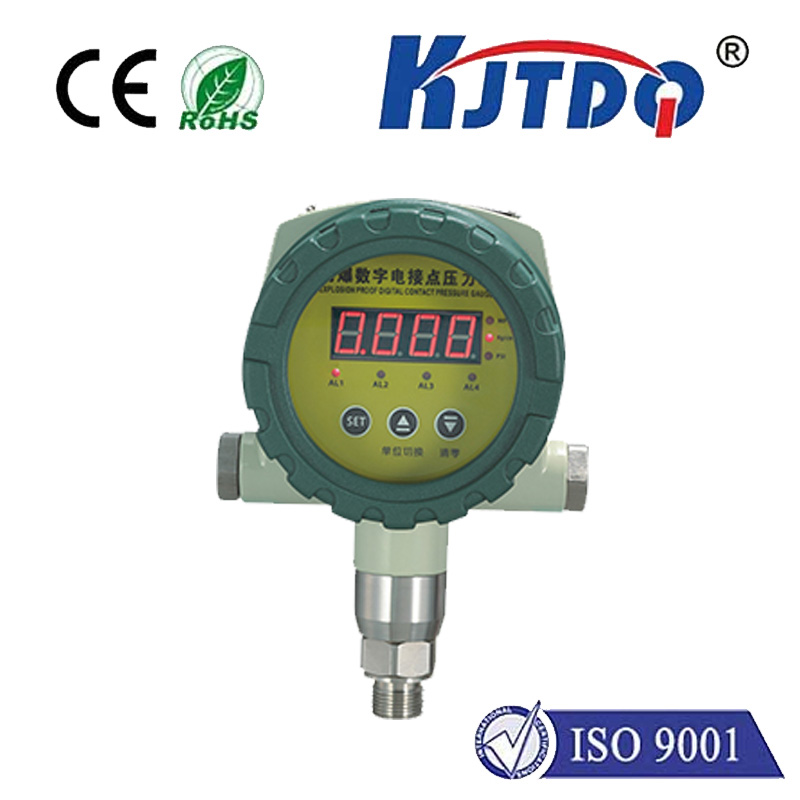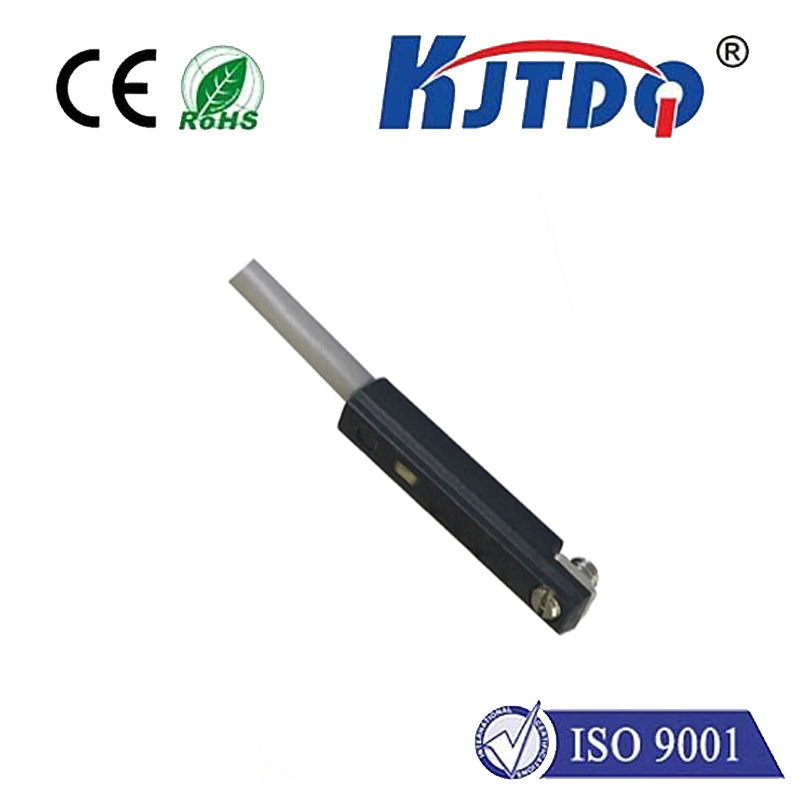

check

check

check

check

check

check

check

check

check

check

Title: Understanding the Variable Reluctance Speed Sensor: A Comprehensive Guide Introduction In the realm of motion control, speed sensors play a crucial role in monitoring and controlling the velocity of various systems. Among these, the variable reluctance speed sensor is a popular choice for many industries due to its reliability and precision. In this article, we will delve into the working principle, applications, advantages, and limitations of variable reluctance speed sensors. Working Principle A variable reluctance speed sensor is an electromagnetic device that generates an alternating current (AC) voltage proportional to the rotational speed of a shaft or disk. It consists of a coil wound on a magnetic core, with one end connected to the shaft or disk and the other end free to move. As the shaft or disk rotates, it creates a changing magnetic field that induces an AC voltage in the coil. The frequency of this AC voltage is directly proportional to the rotational speed of the shaft or disk. The variable reluctance speed sensor operates based on Faraday’s law of induction, which states that a changing magnetic field will induce an electromotive force (EMF) in a conductor. In this case, the changing magnetic field is produced by the rotating shaft or disk, while the conductor is the coil wound on the magnetic core. The induced EMF is then converted into an AC voltage signal through the use of electronic circuitry. Applications Variable reluctance speed sensors are widely used in various industrial applications, including:
